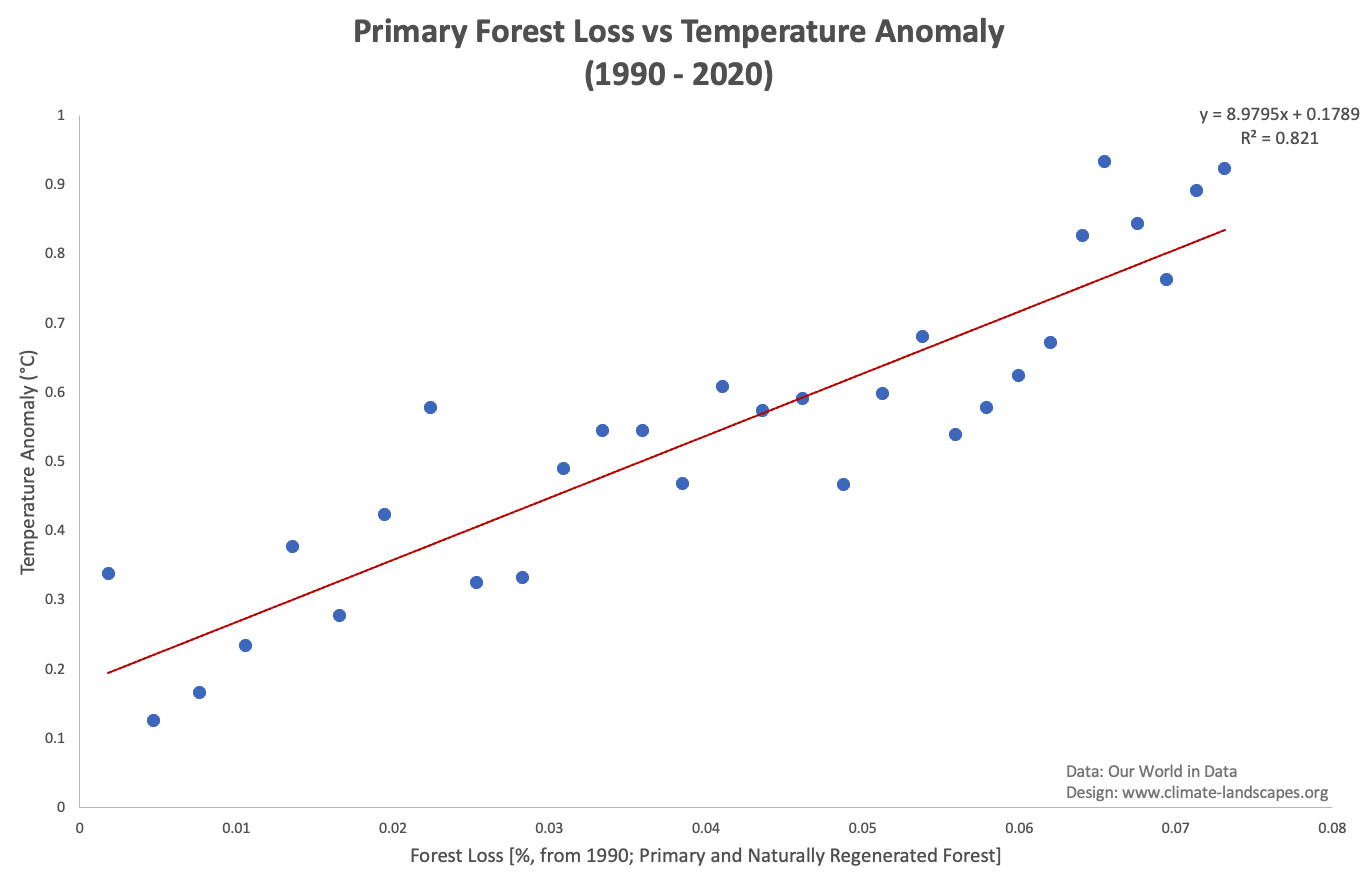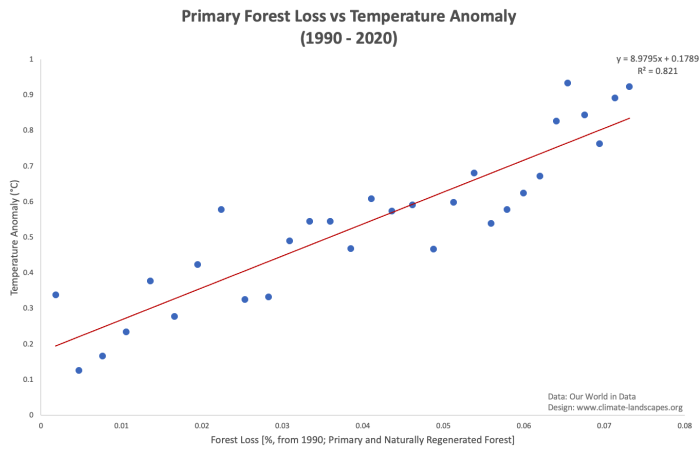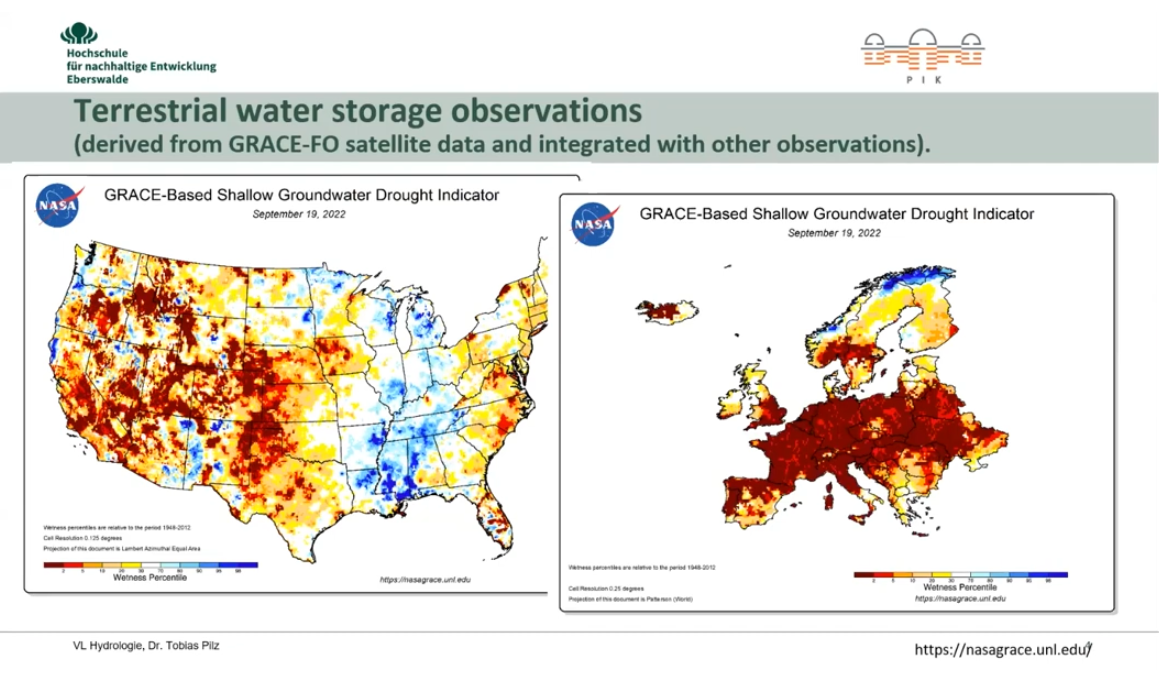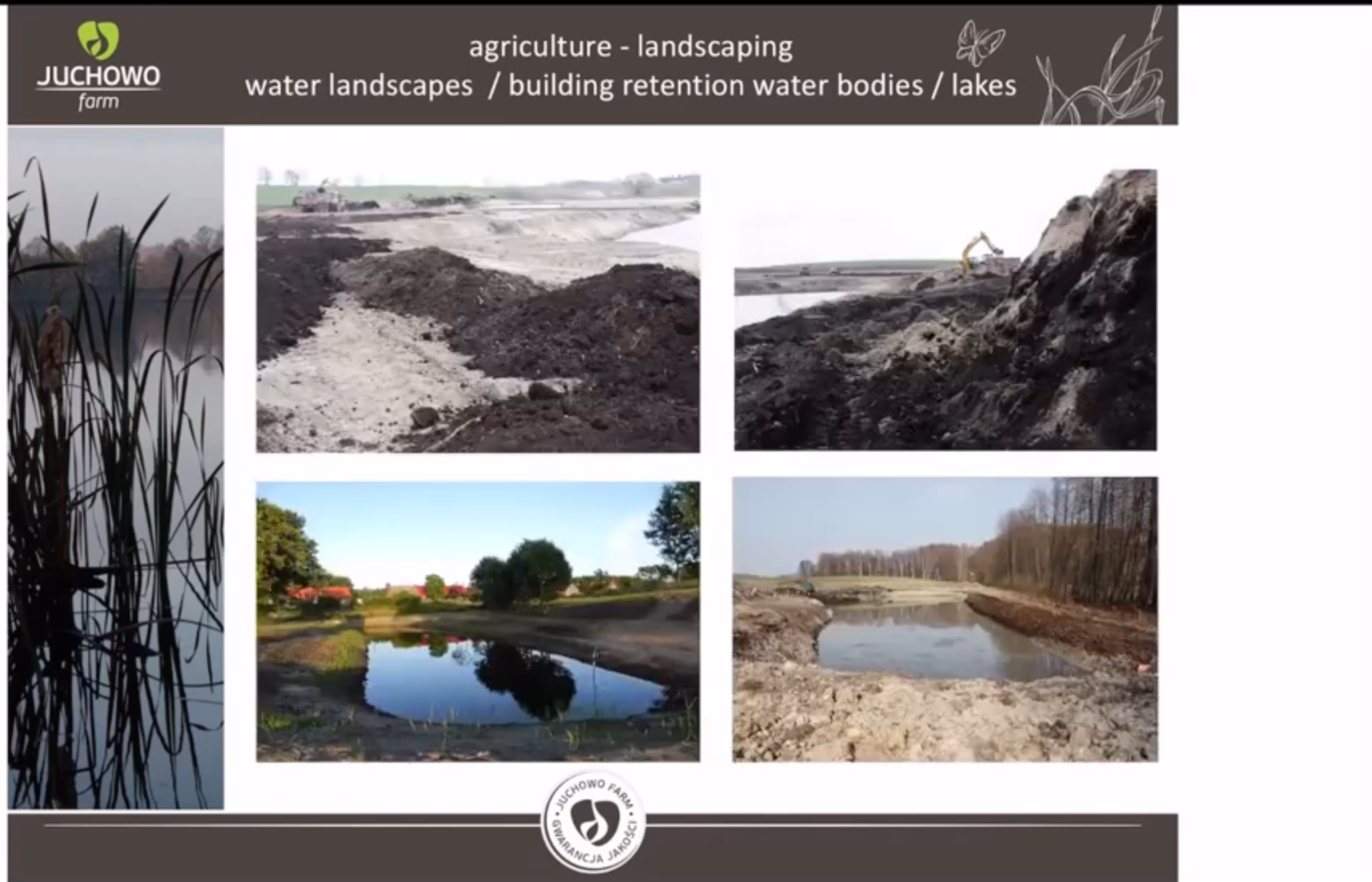Research highlights benefits forests bring surrounding regions in terms of cooler air and more rainfall.
Deforestation has a far greater impact on regional temperatures than previously believed, according to a new study of the Brazilian Amazon that shows agricultural businesses would be among the biggest beneficiaries of forest conservation.
The paper demonstrated Amazon deforestation causes warming at distances up to 60 miles (100km) away. The greater the forest clearance, the higher the temperature.
More recently, research at a greater scale demonstrated that the Amazon was coupled with the South American monsoon and that continued deforestation could reduce regional precipitation by 30% with dire consequences for food production.
Using satellite data and artificial intelligence, the authors found a 0.7C increase in temperature for each 10-percentage point loss of forest within a radius of 60 miles.
“We show that regional forest loss increases warming by more than a factor of four with serious consequences for the remaining Amazon forest and the people living there.”





















